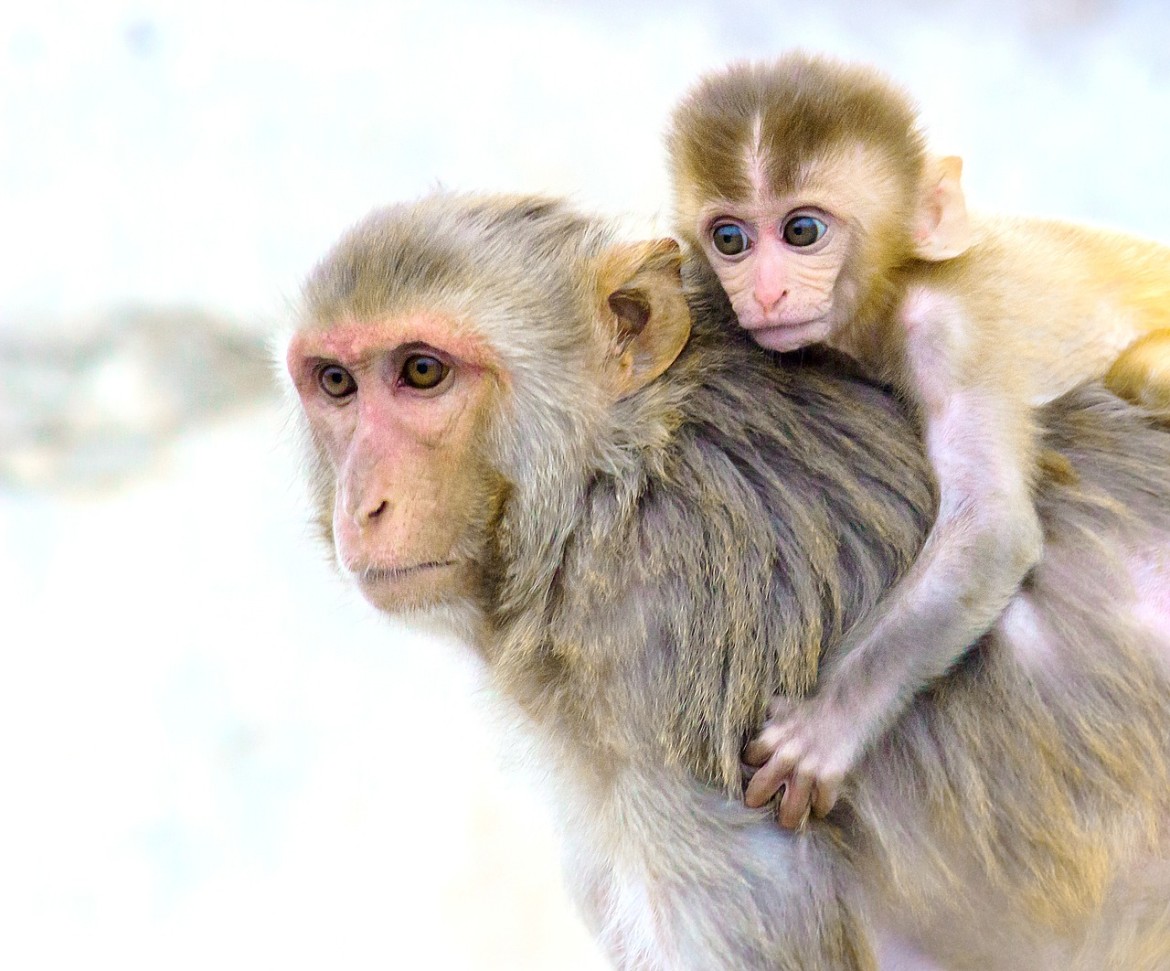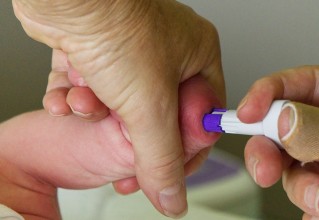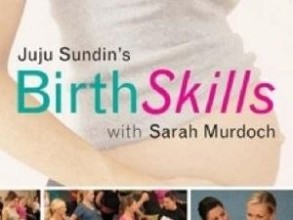The Harlow Studies and Attachment Theory
05 Apr, 2020The now infamous Harlow studies formed the basis of todays’ attachment theories. In the 1950s and 60s Harry Harlow and his students conducted studies on infant attachment to mothers with baby baby rhesus monkeys. He used techniques like isolation and maternal deprivation, with significant impacts on the monkeys health and development. These studies are no longer allowed to be conducted for ethical reasons, however, it taught us a lot about what babies’ basic needs are for their development.
Whilst it was believed that a babies’ needs were limited to food, water, warmth and sleep, the studies showed that babies also need affection and love for their development and the deprivation of these needs could result in social and developmental impacts.
Study 1 - The Wire Mother
One of Harlow’s experiments involved separating young rhesus monkeys from their mothers. The baby monkeys were placed in isolation and given a choice between two make-shift mothers. One mother was made of a soft cloth and the other one was made of wire. Although the soft cloth mother had no food, and the wire mother had a baby bottle, the monkeys prepared to spend time with the cloth mother rather than the wire mother. they only went to the wire mother for food, but preferred to spend their time with the soft cloth mother.
Study 2 - Open Field Test
The open field test involved an infant rhesus monkey being placed in a different environment with new objects. When the infants ‘mother’ - that is the soft cloth mother - was present, the infant at first seemed to cling to it, but then explored the environment. If they got scared, they would run back to their mother who was a stabilising base of security, before going back to explore again. For the other test group, the infant monkeys did not have a mother present. These monkeys were too scared to explore their surroundings, with no base to return to, and remained huddled and scared.
Study 3 - Fear Test
Similarly, in a Fear test, the infants were confronted with a stimulus that made them scared - usually a soft toy that made a noise. Without a mother present - the cloth mother - the infants were scared and avoided the object, shrinking away. But when a mother was present, the infants did not appear as scared and often explored the object or attacked it.
Study 4 - Isolation
One of Harlow’s most controversial experiments involved the isolation of baby macaques. The monkeys had social difficulties when introduced back into their peer group and seemed confused on how to interact with the other monkeys. Harlow did this experiment to try to model human depression but it also showed the importance of early socialisation and warmth and comfort as an infant and child to allow for emotional development.
Attachment theory
What was born out of Harry Harlowes experiments - however controversial provided the backbone for the biological basis for attachment theory that supported the work of Bowlby and Mary Aisnworth. It provided the biological evidence of secure base theory and that infants need a secure base from which to explore the world safely, and that base is usually their mother with whom they have an attachment.
Attachment Theory is about the deep emotional attachment an individual may have for another. Between an adult and child this is characterised by an adult responding sensitively to a child and accurately responding to its needs. Attachment theory is about this bond between parent and child and how the response to needs builds the parent child relationship and influences the child’s development.
Bowlby treated emotionally disturbed children in the 1930s and found that even when a child’s basic needs for food were met by other caregivers, they were still distressed when taken away from their primary caregiver, their mother. He believed there was a link between early infant separation from their mother and later developmental and adjustment issues in life. He proposed that the early infant and parent relationship provides safety and security for later development, and aligns with the work of Harlowe in the 1950s. He believed that babies across the world have a need for security and comfort from their primary caregivers when under stress.
Mary Ainsworth went a step further than this in the 1970s and developed a ‘Strange situation’ test with scoring of infant attachment based on their response to a strange situation they encounter. She classified the responses as three main attachment types:
Secure
Insecure Avoidant
Insecure Ambivalent
Much of what we still believe today regarding attachment theory is based on these three classifications. Although a fourth type was later identified in the 1990s called ‘Disorganised’.
These experiments provided further evidence for Bowlby’s attachment theory with evidence showing that a maternal response to a child’s needs can determine their style of attachment to the mother. Psychologists today believe that this attachment style can be indicative of our own self-worth later in adult life. For example, an infant whose mother does not respond sensitively to their needs or perhaps ignores their needs will lead to an infant who believes that their needs will not be met when they communicate their needs by crying. This leads to insecure avoidant attachment to their parents and may lead to feelings of lack of self-worth or respect later in life, as they believe that they are not worthy of love or affection in a future spouse.
A Personal opinion
At the risk of sounding biased, here is a personal opinion on what we can learn from attachment theory.
Years ago, there were ideas that you could ‘spoil a baby’ by responding to it immediately and tending to it when it cries. The concept of emotional response and comfort being a primary need has shown that just like warmth, shelter, and food, parental affection is an important basic need for a baby, influencing future social development.
With what we now know, perhaps it will help parents make a more informed choice, despite their busy lives, on what is a nice to have and a must have. And between our busy work schedules and parenting we can find a balance that seeks to prioritise a baby’s emotional needs as well as their physiological needs. The laundry need not always be folded, the dishes need not always be put away. Putting the house in order can wait, but your baby - communicating their needs by crying - may not wait forever for you to pick them up.
References
https://link.springer.com/article/10.1007/s12124-008-9072-9
https://www.simplypsychology.org/attachment.html
https://www.simplypsychology.org/mary-ainsworth.html
Get The Best Of Sleepy Roo Delivered To Your Inbox
Subscribe to my newsletter and get the latest info on baby sleep! You can unsubscribe at any time.



